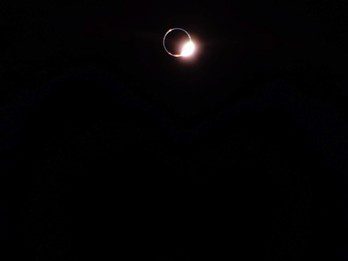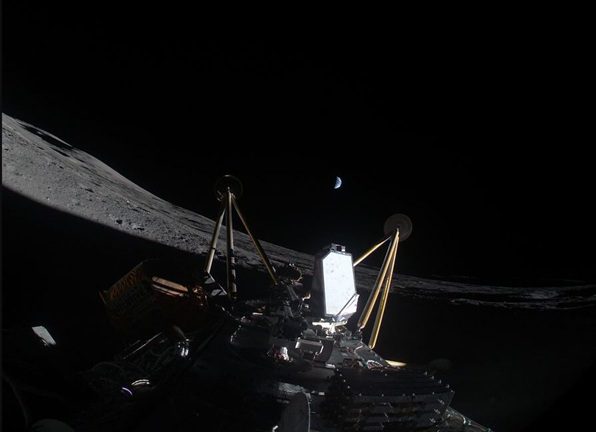
A tale of two lunar landers: Blue Ghost makes successful landing but IM-2 Athena lands on its side
Firefly Blue Ghost 1, the lunar lander owned and operated by Firefly Aerospace, made a successful touchdown on the Moon on 2 March. Just four days later another commercial lunar lander, IM-2 Athena, made its own ill-fated attempt to land on Earth’s natural satellite. IM-2 Athena was operated by Intuitive Machines and its mission was sponsored by NASA.

The ties that bind
Blue Ghost 1 is the second unmanned commercial lunar lander funded by NASA’s Commercial Lunar Payload Services Programme (CLPS). The first, Intuitive Machines lander IM-1 Odysseus, was only partially successful because it tipped over upon its touchdown on the Moon on 22 February last year. The craft had snapped its landing gear, preventing some of its payloads from working.
Blue Ghost 1


IM-2 Athena
IM-2 Athena began its powered descent at 1715 GMT on 6 March. It landed at around 1728 GMT. However, it was soon apparent that something went wrong when Intuitive Machines could not confirm that the lander was upright. It later transpired that it was on its side, much as the previous IM-1 Odysseus lander – also a Nova-C lander design – ended up on its side after a laser fault.
What happened this time?
During its descent the laser altimetry system was noted as being 'noisy' and this may have affected later manoeuvres. The final phase of IM-2 Athena’s descent was supposed to have an attitude move to a vertical orientation for the landing. It has yet to be confirmed if this took place.The Inertial Measurement Unit (IMU) apparently measured the craft as being in the Z- horizontal position before landing. Ground control briefly thought it was vertical after touching down as the landing engine chamber pressure readings were showing signs of it being in idle mode. This was later discounted.When news of this second lunar landing partial failure came out, Intuitive Machines' stock price dropped from being over US$13 the day before to US$8 a share.
Update on 7 March: Intuitive Machines released an image of IM-2 Athena's landing legs pointing above the horizon in its post-landing condition. The company also confirmed that the mission had officially concluded after the spacecraft fell into a small but heavily shadowed crater 250 meters away from its intended landing site at Mons Mouton. In other words, without power to heat the spacecraft and power up other subsystems, all the experiments and carried rovers/hoppers will not have a chance to work.

(Timings supplied by Jonathan McDowell)
Update on 18 March: Blue Ghost 1 was retired after its final transmission at 0015 GMT on 17 March after over 14 Earth days (equivalent to one lunar day) of operations in sunlight and an additional five hours after the sunset at the Mare Crisium landing site. The spacecraft successfully lasted one lunar day on the surface during its mission.